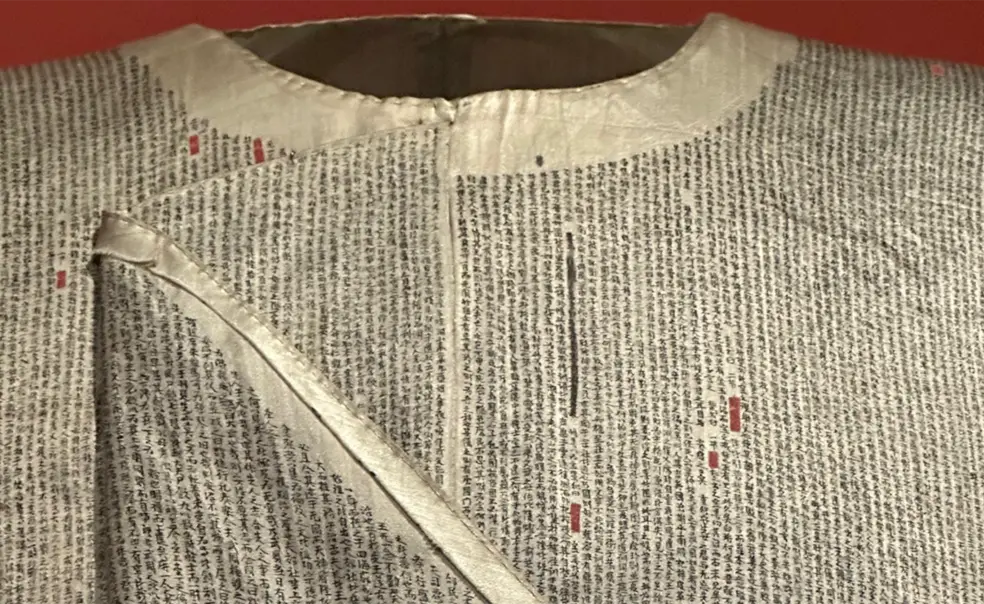Princeton Library Exhibit Spotlights Global Book Making
Centuries-old examples go beyond paper to leaves, cloths, and bronze, too
The Princeton University Library’s latest exhibition, “Forms and Function: The Splendors of Global Book Making,” is one for the books — not just those printed on paper, but also text on papyrus, bamboo, leaves, bronze, cloth, shells, and even an ancient carved cylinder dating back to the 6th century B.C.
The exhibition showcases how the written word has been physically transmitted over the centuries throughout the world, primarily through three methods: the codex, similar to what is most commonly used today; East Asian traditions such as gluing paper together in a way that reminds one of an accordion; and pothī, a South Asian method in which leaves are inked, dried, and treated before being stored, often between ornamental wooden boards.
Some of the exhibition’s highlights include early examples of these methods as well as unique objects like a Peruvian khipu from before 1600 that uses knotted strings and no visible text to record what might be poetry. A silk garment from China circa 1840 in which more than a million tiny characters are only visible from up close is also on display.
According to the library, “many items rarely seen” are included, such as “treasures from some of Princeton’s lesser-known collections.” The exhibit was curated by Martin Heijdra *95, director of the East Asian library, and is on display at Firestone Library’s Milberg Gallery through Dec. 7. A digital exhibition of all items from the exhibit that are out of copyright is also available online.












No responses yet